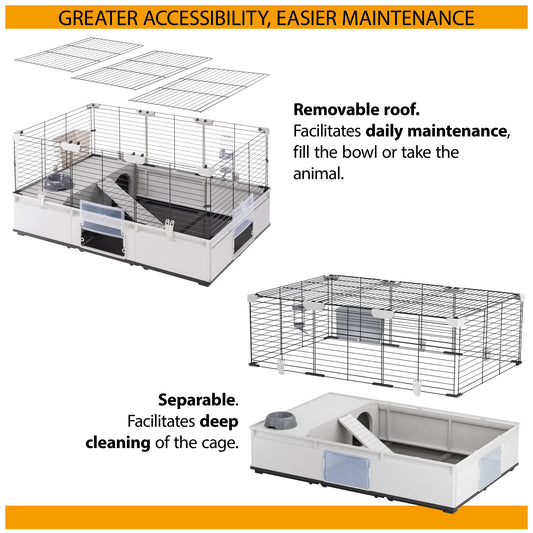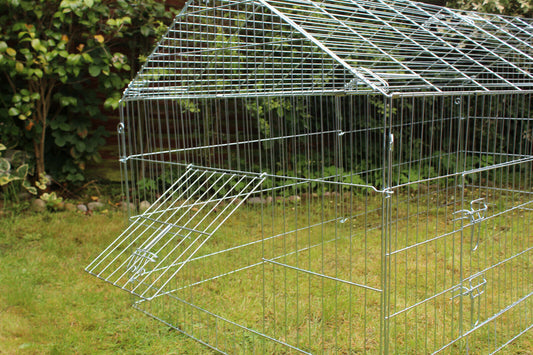Cat enrichment is an important part of responsible pet ownership. We should not underestimate the power of mental stimulation for pets. This means giving an animal a chance to engage in their natural instincts. This will help keep them healthy and happy.
Why is enrichment important?
Cats are independent animals and to thrive, they must be able to satisfy instinctive behaviours. Cats have certain needs, such as stalking, pouncing, climbing, and scratching. When they cannot fulfil these needs, they can become under-stimulated. This can lead to boredom.
It is not enough for them to have physical exercise. They also need to be given problem-solving opportunities too to keep their brain active.
A bored cat is an unhappy one. If they spend most of their time indoors, they need extra help to stay enriched. Without external enrichment, they can develop behavioural issues linked to stress. This includes aggression, over-grooming, chewing, over-eating, loss of appetite and being destructive in the home.
You can give them access to a secure outdoor area. Here, they can observe the sights and sounds of the natural environment. With the right enrichment, cats can thrive in their environment, and be content and happy.
Therefore, it is important to provide activities that stimulate their senses. This could involve interactive toys, scratching posts, hideaways, and other objects they can explore. You can also provide them with puzzle feeders, which are a great way of engaging their natural hunting instincts.
Types of Enrichment ideas
There is a wide range of interactive puzzle toys that mimic natural situations that are mentally stimulating for cats. Interactive toys encourage them to jump, pounce, stalk and use their problem-solving skills to give their brains a workout. These include the All For Paws Interactive Cat Culbuto Feather Toy and the Catit Senses 2.0 Circuit Cat Toy.
Puzzle feeders and lick mats can be used to enrich a cat's environment. They stimulate the brain by providing mental exercise, so this is a great way of using food for entertainment.
There are plenty of DIY options when it comes to providing enrichment. Most cat owners will have found their pet playing with cardboard boxes, toilet roll tubes or scrunched up newspaper. You could try hiding treats around the home in boxes for a game of hide and seek.
A muffin tin can make an exciting puzzle toy for a cat. Simply pop a cat treat or two in each cup and cover them with pompoms or toys. They will be able to smell the food but will have to work out how to get at it. By using its brain power, your cat will eventually learn to move whatever it is that is covering the treat.
Enrichment top tips
- Avoid plastic bags, string or small items that could cause a cat to suffocate or choke. You should always supervise them when it is given a new toy to play with.
- Cats love to watch wildlife. Give them a comfortable spot to rest with a good window view. Some owners have also found that their pets love watching birds and other wildlife on TV!
- Ensure you spend some time every day interacting and playing with your cat. Strengthening the bond between you and your pet can be done by playing together. Dangling toys and rolling balls are great options. Not only will it bring you closer, but it will also help keep them mentally sharp.
- Don’t leave all pet toys accessible at once as your pet is more likely to get bored with them. Instead, make a toy box and get just a few things out at a time. This will keep toys exciting, and your cat will never know when a particular toy will reappear.
- Cats have excellent hearing which helps them hunt. Use this to your advantage when choosing enrichment toys by finding things that make enticing noises.
- Rather than leaving food out all day, make your cat work for its supper. Put the food into puzzle toys or snuffle mats. This will provide mental stimulation for your pet while encouraging natural foraging behaviour. . This will help them practice their problem-solving skills.









